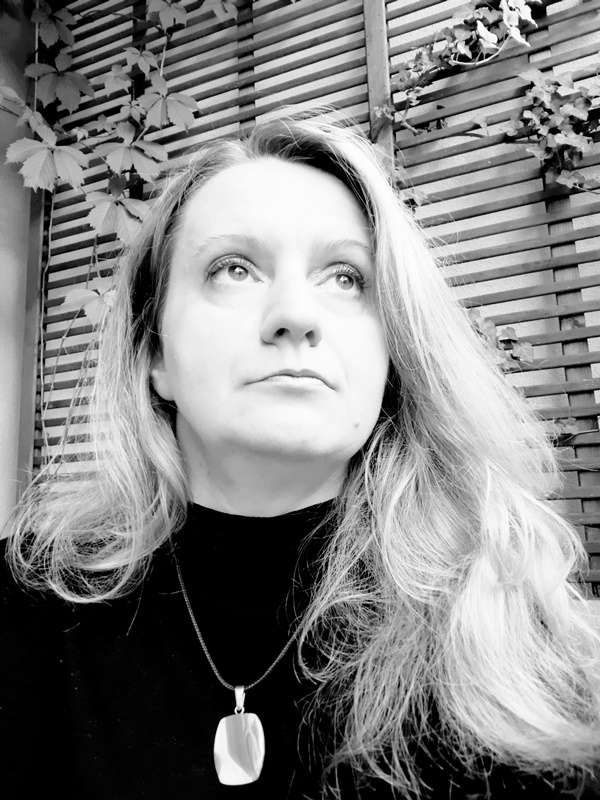
dr Weronika Grozdew-Kołacińska
Institute of Art of The Polish Academy of Sciences, manager of the Ethnomusicology Lab
Since the 1950s, recordings of folk music have been collected in Poland – from the unprecedented Musical Folklore Collecting Campaign to a number of both individual and institutional initiatives whose main goal was (and still is) documenting and preserving traditional forms of musical culture. Today it is difficult to estimate how numerous these collections in general are. It is also difficult to assess their value – historical, ethnographic, artistic, as well as the technical condition of the carriers on which the recordings were made (both audio and audiovisual). However, many archival resources owned by regional cultural centres (museums, libraries) and scientific institutions, as well as collections gathered by avid collectors of musical folklore – both professionals and hobbyists – are known to present the wealth of traditional performance expressions (often entrenched in as distant style of rural culture as the one of 19th century), extremely interesting interviews, showing the broad contexts of these expressions, in which – like in a mirror – the interests, motivations and views of both collectors and depositors of musical heritage are reflected. “Mapping” these resources and collections, often diligently searched out and tracked during field research, queries, in-depth studies of traditional music and its phonographic image, was a pioneering initiative by PhD Jacek Jackowski and the necessary introduction to the project he initiated, which echoes the pre-war idea of consolidating the archival collections in one space, so that their care could be carried out in a methodical, as complete and professional manner as possible – also so that these collections could serve various people, the recipients interested. The project Polish Traditional Music – Phonographic Heritage was conceived by Jacek Jackowski as a kind of machine, which in the approach to the problems of documentation, digitisation, archiving, substantive development, sharing and dissemination is driven by a combination of competences, processuality and dynamics of action, taking into account both the character of the protected matter, as well as the latest technologies, introduced and applied just as part of the implementation of the discussed activities. It is extremely important that these assumptions are based on many years of experience, developed on the most numerous and valuable, also due to the oldest rare publications, treasury of traditional music sources – the Phonographic Collection of the Institute of Art of the Polish Academy of Sciences in Warsaw.
